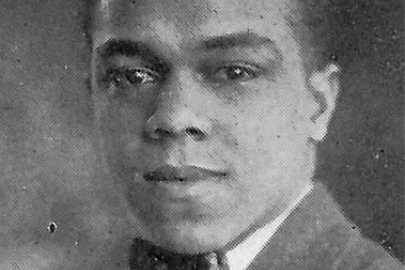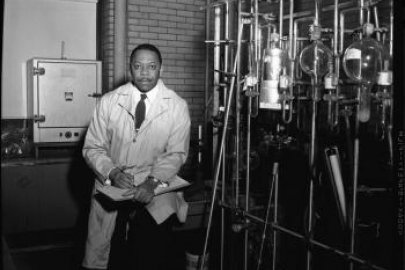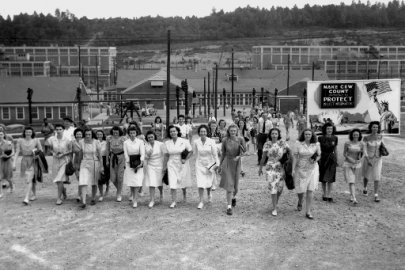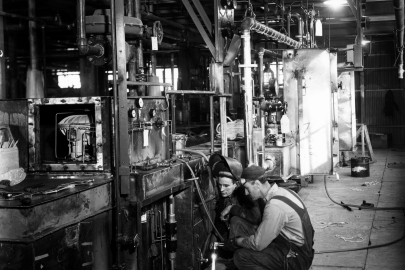Dr. Samuel P. Massie worked at Ames National Lab during the Manhattan Project and became the first black professor to teach at the Naval Academy.
February 14, 2019During Black History Month, Energy.gov is highlighting important contributions of scientists and engineers who worked on the Manhattan Project, the top-secret World War II-era program that ushered in the nuclear age.
He started reading at the age of two and graduated from high school at 13. He earned his bachelor’s degree at 18, and shortly after was part of a special research team on the Manhattan Project. So began the incredible life of Dr. Samuel P. Massie (1919 - 2005), one of the most distinguished American scientists of his generation. Here are a few more facts about him:
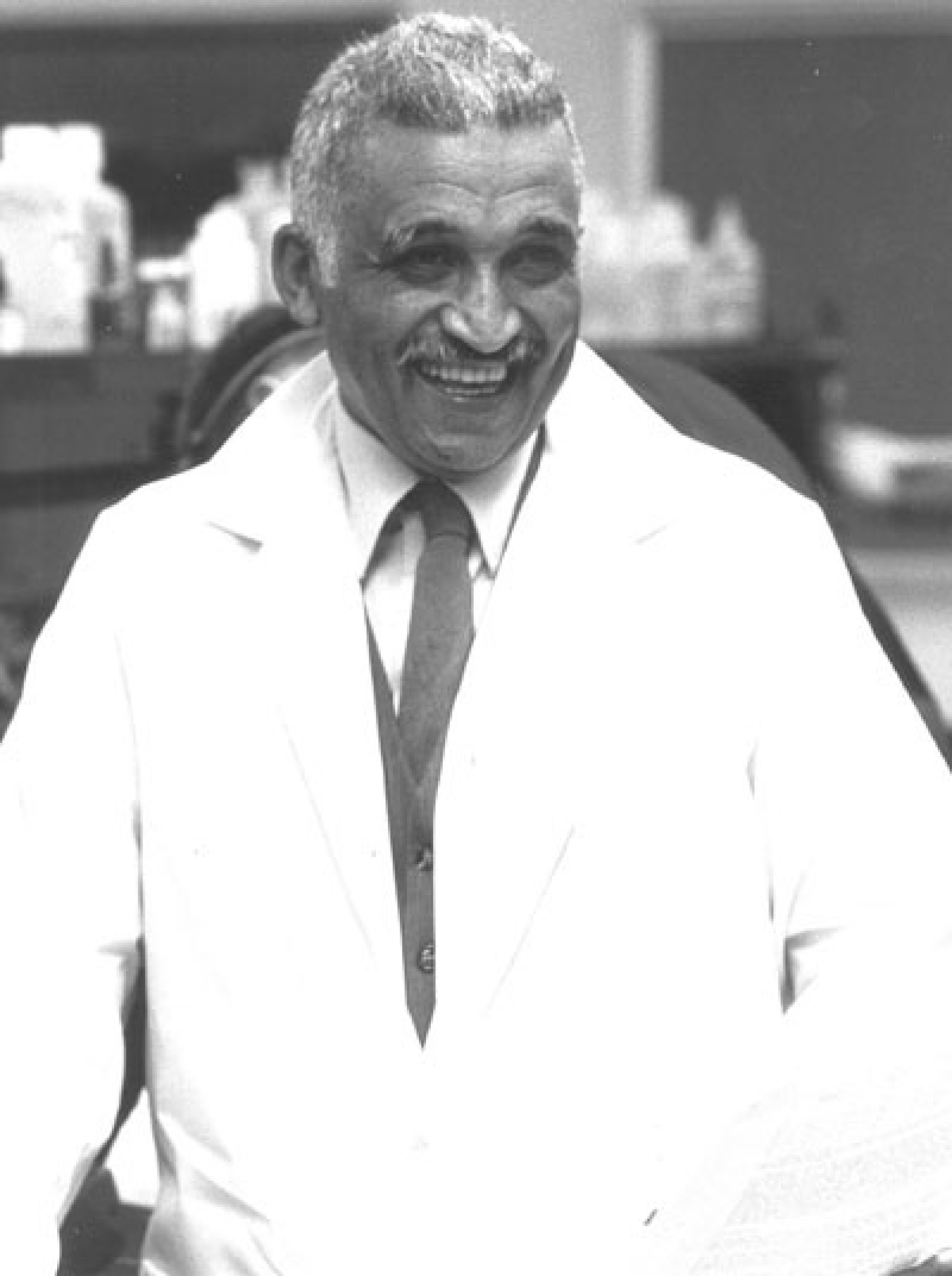
Dr. Samuel P. Massie worked at Ames National Lab during the Manhattan Project and became the first black professor to teach at the U.S. Naval Academy. | Special Collections & Archives Department, Nimitz Library, U.S. Naval Academy
1. He was blocked from attending a university...but later received an honorary Ph.D.
Massie was a brilliant student but was denied admission to University of Arkansas due to his race. He persevered, graduating summa cum laude with a chemistry degree from Arkansas Agricultural, Mechanical, and Normal College, now known as University of Arkansas at Pine Bluff. In 1940, he earned a master’s from Fisk University in Nashville and was later accepted into Iowa State’s organic chemistry doctorate program. However, he was barred from living on campus and forced to use segregated laboratory facilities.
His studies were disrupted after the United States entered World War II. From 1943 to 1945, he worked as a research assistant at Ames Laboratory, where he helped convert uranium isotopes into usable liquid compounds for the Manhattan Project. After the war, he finished his Ph.D. and taught at Langston University in Oklahoma, where he eventually chaired the chemistry department, and in 1953 he was elected president of the Oklahoma Academy of Sciences. Later in his career, Massie received an honorary doctorate from University of Arkansas, the same institution that had rejected him because he was black.
2. He was the U.S. Naval Academy’s first black professor.
In 1960, he was named Associate Program Director for Special Projects in Science Education at the National Science Foundation, where he helped colleges across America upgrade laboratories and scientific resources. Three years later, he became president of North Carolina College at Durham, currently known as North Carolina Central University. In 1966, President Lyndon Johnson assigned Massie a professorship at the U.S. Naval Academy, making history as the elite institution’s first black professor. Despite his prominent role, Massie faced discrimination in Annapolis, where real estate agents refused to show him homes. He eventually settled in Laurel, Maryland, more than 25 miles from campus. Massie quickly became one of the academy midshipmen’s favorite teachers and chaired the chemistry department from 1977 to 1981.
3. His research saved lives.
His other work at the Naval Academy involved developing foaming agents that protected troops from poisonous gas, studying how chemicals used on ships impact marine wildlife, researching drugs for infectious diseases, and much more. Massie and other scientists on his team even were awarded a patent for an antibiotic used to treat gonorrhea patients.
4. He was a champion for science education.
Massie was passionate about educating the next generation of scientists and served on the Maryland State Board of Community Colleges, which he chaired for 10 years. For more than two decades, he fought for science education funding. The board established the Massie Science Prize for outstanding community college science students in honor of his efforts. In 1990, he won the Naval Academy’s faculty achievement award and became the first African American to be recognized as an honorary member of the National Naval Officers Association. Massie was featured in a Smithsonian exhibit called “Science in American Life,” which closed in 2011. In 1998, he was named as one of the world’s 75 most distinguished chemists by Chemical and Engineering News. He was one of only three black researchers on the list, which included Marie Curie, Linus Pauling, and other prominent scientists. In 2004, Prince George’s County in Maryland named a school after him.
5. The Energy Department created a grant program for college students in his name.
To honor Massie’s legacy and his important contributions to science, the Energy Department established the Dr. Samuel P. Massie Chair of Excellence in 1994. The grant program helped students at historically black colleges and predominantly Hispanic colleges conduct important environmental research, launch their careers, and pursue their dreams.
Paul Lester
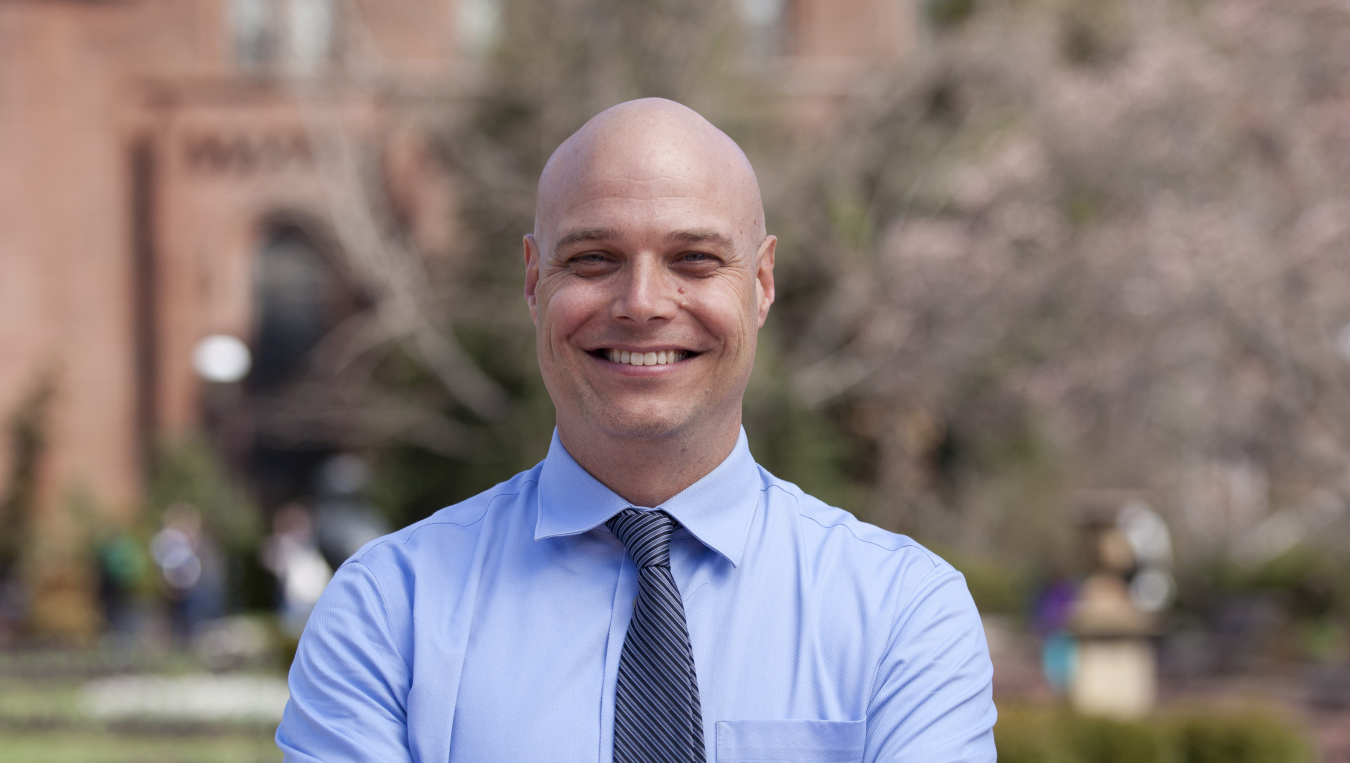
Paul Lester served as Digital Content Specialist in the Office of Public Affairs.
Paul was born in Ohio but spent most of his life in Florida, where he worked as news researcher/archivist and online editor for the Orlando Sentinel.
He moved to Washington in 2008 for a web editor role with the Guardian before working as a contractor for the Wind and Water Technologies Office, Small Business Administration and Office of Energy Efficiency and Renewable Energy.
Paul joined the Energy.gov team in March 2015, contributing to Energy Blog and assisting with managing the Energy Department’s social media channels. When he’s not in the office, Paul can be seen slowly running around D.C. training for his next half marathon.


